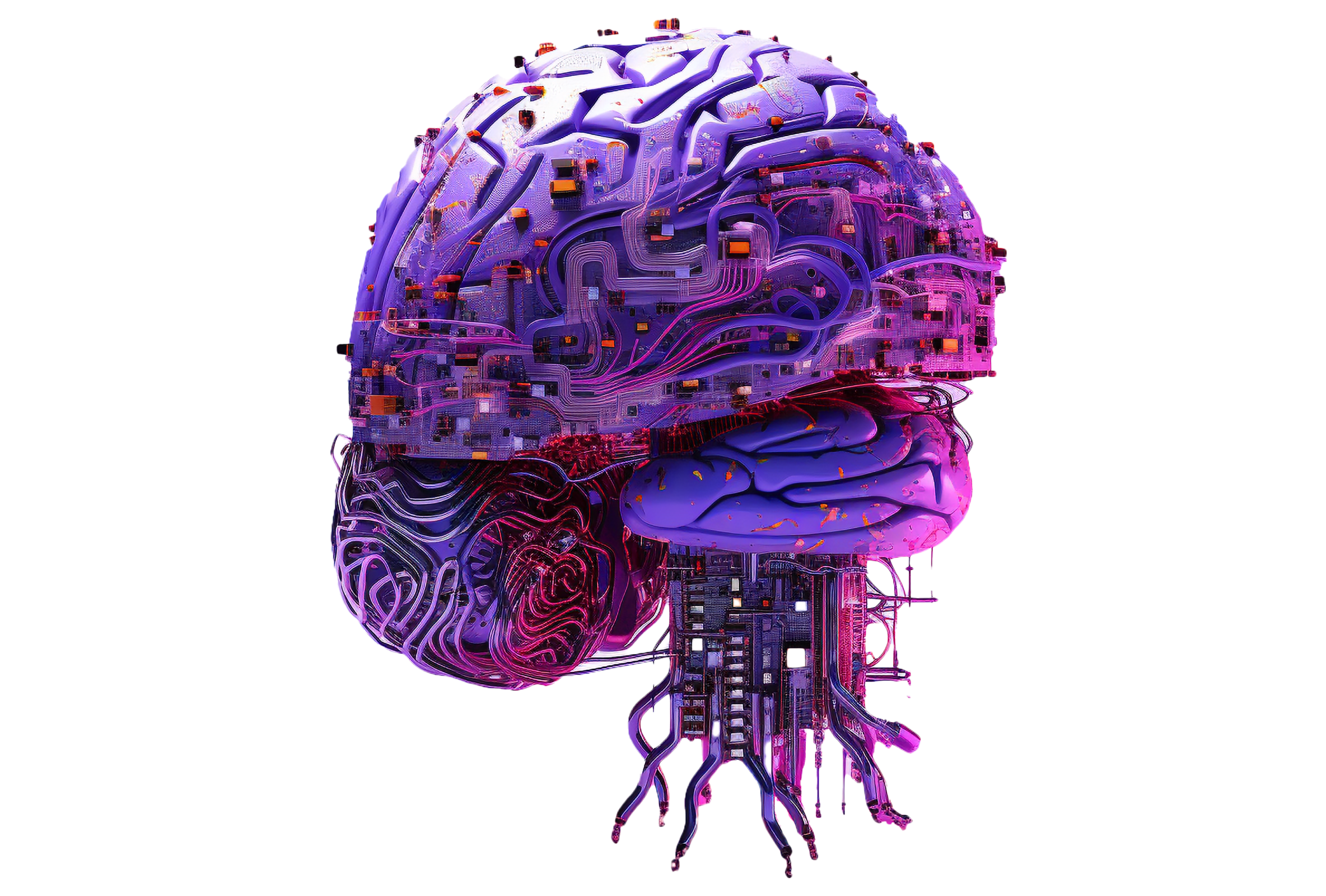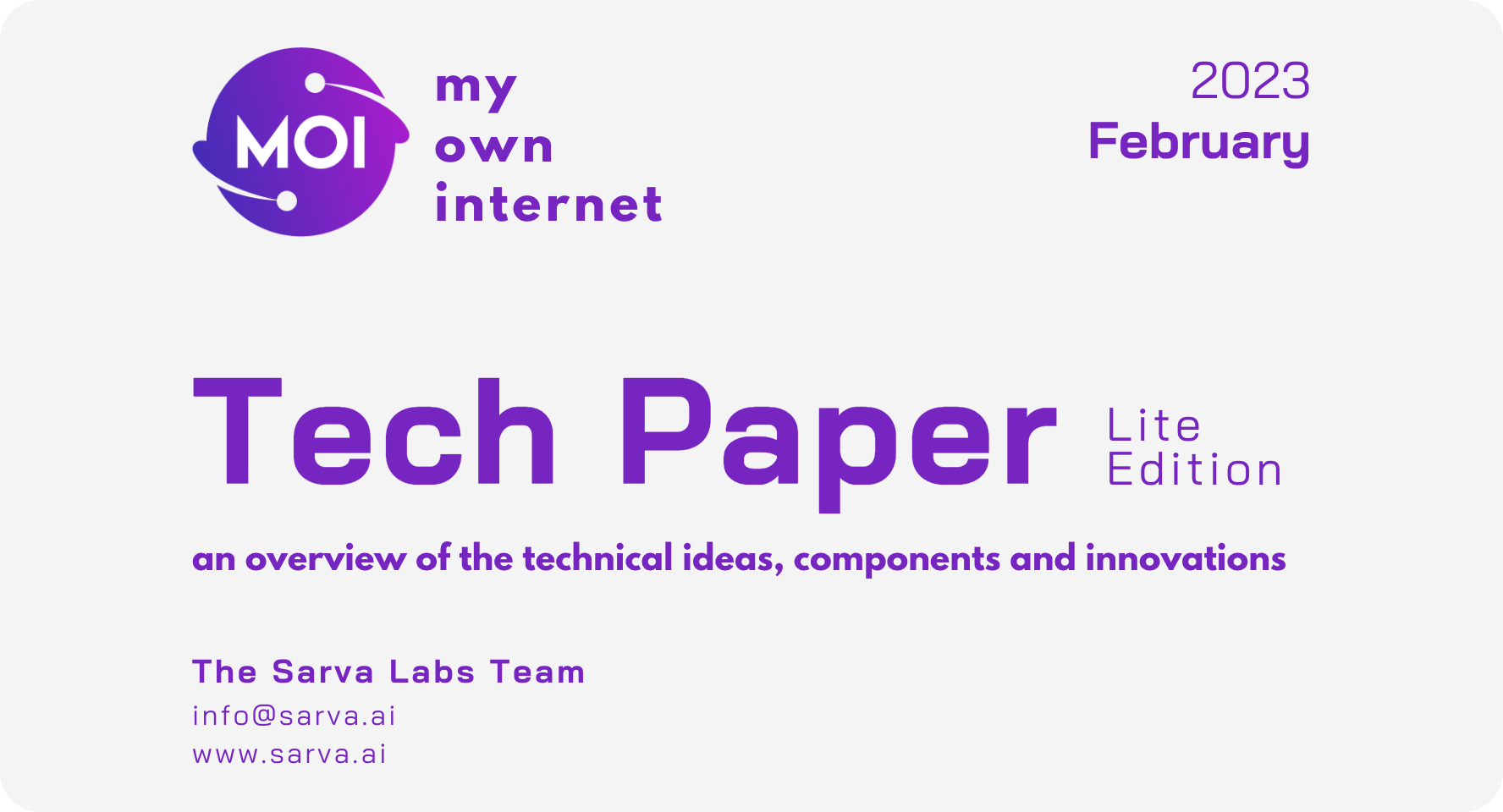Participant-centric consensus
Dynamic state channels that boost performance & security using network randomness
Context-aware execution
Protocol managed micro-interactions for improved security
Local finality, global truth
Supporting billions of assets across millions of nodes
Asset specific data structure
Hyper-concurrency through multi-linked DAG
Together, we can humanize web3
MOI uses participants as a key element of computation to realize a new era of "contextual
computation".
This subtle shift reorients technology to the needs of humans rather than applications,
ensuring an equitable, democratic, simple, and sustainable future for the digitally interacting world.
A revolutionary new way to do things
Multi-linked composite DAGs
Participant-centric DAGs with transition links to speed up finality and interaction links for network-wide security
Consensus based on PoXt
An interaction consensus set of participants, including the context nodes of the sender, the receiver, and stochastic nodes, is created dynamically to agree on state transitions.
Protocol managed interactions
General purpose micro-interactions achieved through decoupling state management from business logic.
Built for the next-generation of web3 developers
General purpose and interoperable
When you think participants first, not app-specific chains, you get guaranteed interoperability on day one.
Efficient and scalable data structure
MOI’s unique Multi-linked DAG architecture makes it exceedingly efficient compared to other blockchains
More nodes equals greater security
State management at the protocol level means no more bridges and near-zero risk of hacks
Get more done with fewer lines of code
Run business logics on assets, other logics and icons-library with as few as three to four lines of code.
More nodes with faster consensus
The unique PoXT consensus model allows the network to become faster with parallel local consensus
Works with your favourite language
Whether you write Javascript, Solidity, Python or Rust our transpiler works for you.
Project timeline

Q1 2022
MOI is born
After considerable research on ISM, MOI is conceived as the network that will enable a humanized web3.
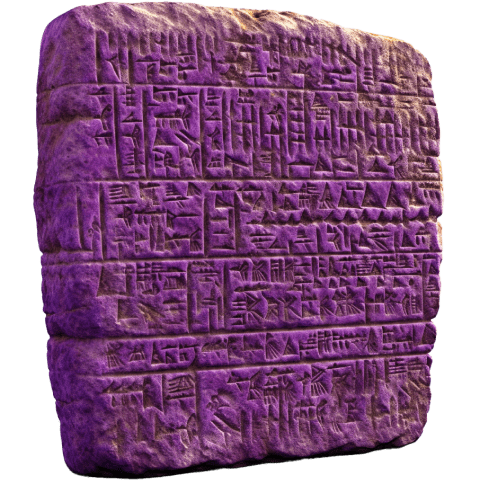
2023 Q2-Q3
Babylon Era
Launch of Voyage explorer, asset and logic operations, private beta of Cocolang, MOI guardians programme

2024 Q1-Q2
Chola Era
MOI mainnet, MOI tokens, incentive locking, foundation and community testnets, Solidity transpiler
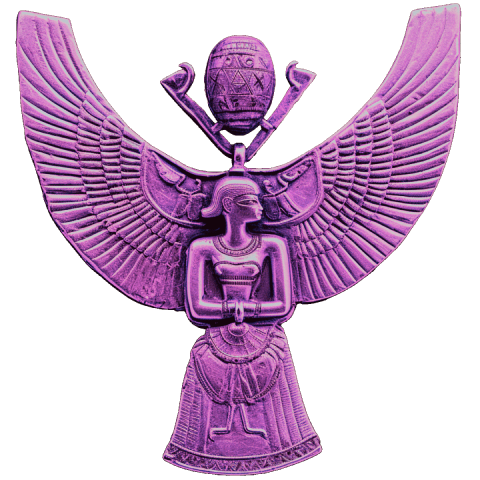
2025 Q1
Nubia Era
Rust logic development, context-aware computation, perceived asset values, non-MOI assets as fuel
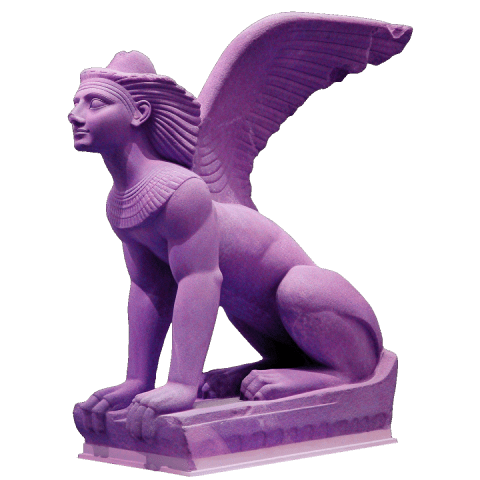
2025 Q4 - 2026 Q1
Delphi Era
Currently anticipated to be the last of major eras. Delphi brings Hanoi runtime and Python logic development

2022 Q2 - 2023 Q1
Indus Era
The era of Indus with the first MOI testnet where replicators start the first transactions on-chain
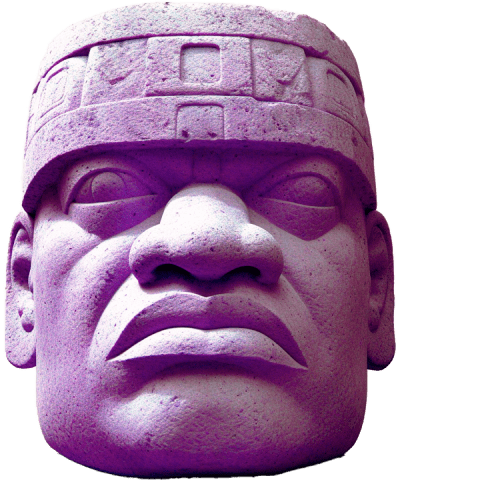
2023 Q4
Olmec Era
Open source release of MOI, Public beta of Cocolang, reputation engine and logic operations
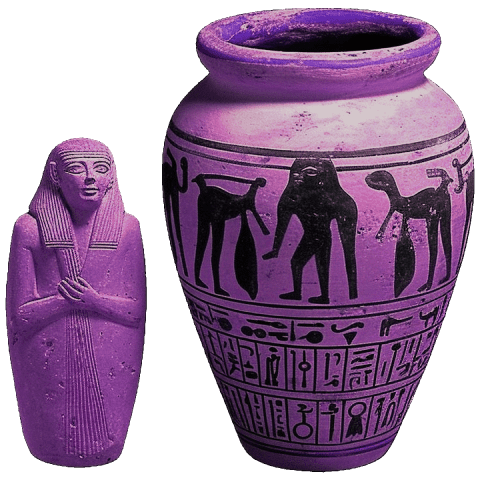
2024 Q3-Q4
Giza Era
Meru runtime, IGC routing, interaction packing, oracle logic standards, decentralized KYC protocol

2025 Q2-Q3
Celtic Era
Typescript logic development, context-aware DHTs, differential messaging
Latest news and insights
Your Story
Bringing context to the blockchain: MOI’s path to making a more personalised internet
With a context-specific infrastructure for computation, My Own Internet (MOI) and its blockchain are looking to build a personalised network that emulates human interaction to a closer degree than most other chains.
Indian Web2
World’s 1st Context Aware P2P Protocol, MOI, Brings New Dynamics to Web3
My Own Internet (MOI), a personalized Web3 internet protocol, is focused on driving web3 development and adoption to new heights with their path-breaking IP, Interaction State Machine (ISM), allowing participation at Layer 0.
Contribute to MOI
Community Hangouts
Dive into engaging discussions about MOI on our outreach channels

